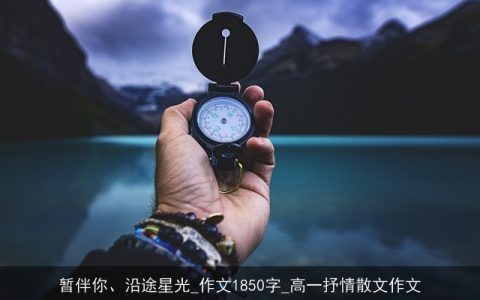Title: Bridging the Generation Gap: A Dialogue Across Time

In the tapestry of human experience, few phenomena capture the imagination quite like the generation gap. This concept, coined in the 1960s by American sociologist William Strauss and educational psychologist Neil Howe, refers to the perceived differences between younger and older generations, often stemming from differing values, lifestyles, and approaches to technology and communication. As societies evolve at an unprecedented pace, this gap has widened, presenting challenges for families, workplaces, and societies at large. However, it also presents an opportunity for growth and understanding. This essay explores the nature of the generation gap, its causes, consequences, and strategies for fostering intergenerational dialogue and collaboration.
### The Nature of the Generation Gap
The generation gap is a complex phenomenon that reflects changes in society over time. It manifests in various domains, including attitudes towards work, family roles, consumerism, politics, and technology usage. For instance, while older generations may emphasize stability and tradition in the workplace, younger generations often seek flexibility, purpose, and work-life balance. In terms of technology, while some seniors may view digital devices as distractions, millennials and Gen Z consider them essential tools for communication, learning, and self-expression.
### Causes of the Generation Gap
The widening of the generation gap can be attributed to several factors:
1. **Rapid Social Change**: In an era of globalization, rapid technological advancements, and shifting demographics, societal norms and values evolve at a faster pace than ever before. This leads to a disconnect between generations.
2. **Mass Media Influence**: The proliferation of information through social media platforms has transformed how people consume news and form opinions. Older generations might rely on traditional media sources, while younger ones draw inspiration from diverse online content. 𝗖𝒂𝒏𝕘𝒋𝒊𝕖。𝒄𝒏
3. **Economic Shifts**: Economic uncertainties and job market fluctuations can affect generational attitudes towards work and savings. For instance, the Great Recession has shaped the financial priorities of millennials.
### Consequences of the Generation Gap
The consequences of the generation gap can be both positive and negative:
– **Positive Consequences**: It encourages cultural diversity and creativity by allowing different perspectives to coexist. It also fosters adaptability and innovation as younger generations bring fresh ideas to the table.
– **Negative Consequences**: The gap can lead to misunderstandings, conflicts, and a sense of isolation within families and communities. It can exacerbate social divides and hinder effective communication and collaboration across generations.
### Strategies for Bridging the Gap
To mitigate the negative effects of the generation gap and capitalize on its positive potential, here are some strategies for fostering intergenerational understanding and cooperation:
1. **Open Dialogue**: Encourage regular conversations across generations to share experiences, ideas, and concerns. This can be as simple as family dinner discussions or workplace mentoring programs.
2. **Shared Experiences**: Organize activities that bring generations together, such as volunteering projects or cultural events. These shared experiences can help build empathy and understanding.
3. **Education and Training**: Provide opportunities for lifelong learning, including digital literacy courses for seniors and history lessons for youth. This not only helps bridge knowledge gaps but also fosters a sense of mutual respect.
4. **Role Modeling**: Celebrate role models from different generations who demonstrate positive values and behaviors. This can inspire intergenerational respect and inspire others to emulate these traits. 本攵從 AI 写作助手网站精彩呈現,請搜尋写作助手官网,發現更多助力寫作的利器。
5. **Flexible Work Arrangements**: Employers can adopt flexible work policies that accommodate varying work styles and needs of different generations. This not only retains talent but also promotes a more inclusive work environment.
### Conclusion
The generation gap is a natural consequence of societal evolution, reflecting changes in values, technology, and lifestyles over time. While it presents challenges, it also holds the potential for growth and innovation when approached constructively. By embracing open dialogue, shared experiences, education, role modeling, and flexible work arrangements, we can foster intergenerational understanding and collaboration. Ultimately, bridging the generation gap requires a commitment to mutual respect, empathy, and a shared vision for a harmonious future where generations learn from each other and work together towards common goals.
仓颉AI智能写作 原创著作权作品,未经授权转载,侵权必究!文章网址:https://www.cangjie.cn/list/mkqjszgx.html












